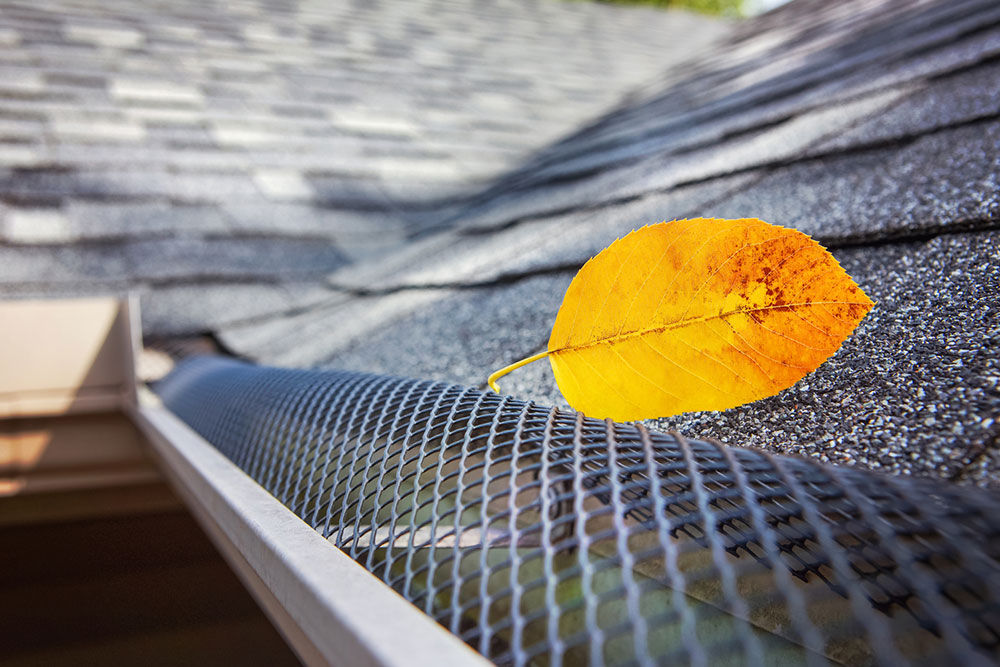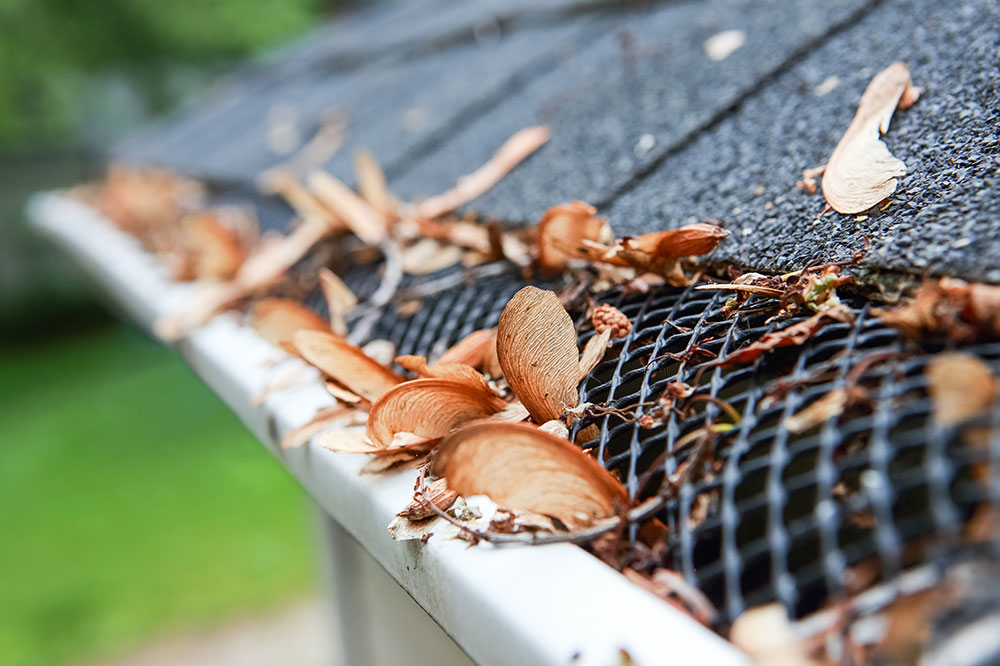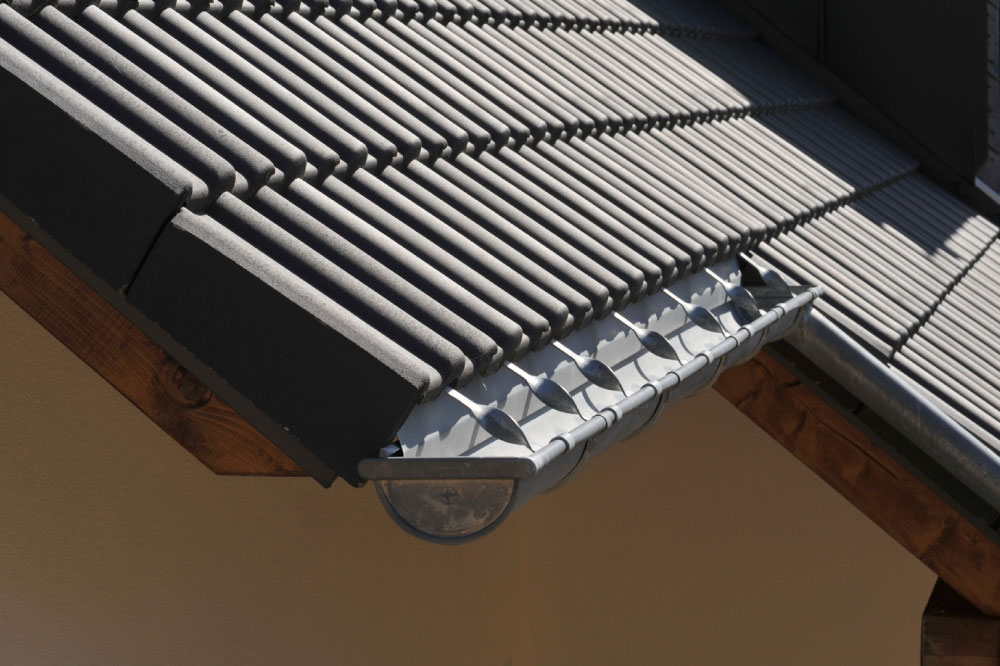Top Gutter Guard Options: Costs, Types, and Installation Tips
Discover effective gutter guard solutions including various types, installation tips, and cost estimates. Learn how to choose the right protective covers to keep gutters clear and functioning well. This guide provides insights to help homeowners make informed decisions on gutter protection, ensuring durability and ease of maintenance.

Top Gutter Guard Options: Costs, Types, and Installation Tips
Gutter covers, commonly called leaf guards, are vital for keeping gutters clean and functioning properly. They ease maintenance and prevent blockages by allowing water to flow smoothly. With many options available, DIY installation is often feasible. Careful research ensures you select the right type for your needs, facilitating easy installation and reliable long-term use.
What are gutter covers?
Gutter covers are protective shields that prevent leaves, dirt, pine needles, and other debris from clogging gutters. Their main purpose is to ensure continuous water runoff and reduce the need for frequent cleaning. Still, occasional maintenance remains important for optimal performance.Understanding the different types of gutter covers can help you make an informed choice. Each varies in price, installation difficulty, and effectiveness:
Brush covers: Pipe cleaner-like devices with bristles that trap debris inside gutters. Affordable and simple to install but need frequent cleaning.
Foam inserts: Porous foam pieces placed inside gutters that let water pass through while filtering out debris. Budget-friendly and DIY-compatible, though water flow may be somewhat limited.
These options suit quick DIY projects but may have limitations. For better debris protection, consider these other types:
Mesh covers: Metal or UPVC sheets with perforations that sit atop gutters. More effective and slightly higher in cost, offering superior debris exclusion.
Micro mesh screens: Advanced filters with tiny holes that block debris efficiently. Typically require professional installation for best results.
Reverse curve guards: Require professional setup, redirect water over the gutter edge while preventing debris accumulation. Very effective but more expensive and complex to install.
Preparing for gutter cover installation:
Inspection: Assess the roof, gutters, and shingles for damage or issues that might affect installation. Metal roofs may need special attention for overflow concerns.
Secure footing: Place ladders on flat, stable surfaces.
Gutter cleaning: Remove debris and verify water flow. Fix leaks or damages beforehand.
Select appropriate cover: Consider budget, home size, and DIY skills. Choose easy-to-install options if doing it yourself.
Follow instructions: Carefully read manufacturer guidelines to ensure proper installation.
Tools ready: Gather screwdrivers, gloves, ladder, and necessary tools beforehand to streamline the process.
Installation costs:
Prices vary depending on the cover type, home size, and need for professional help. On average, costs are between $1,000 and $2,000. Material costs typically range from $5 to $10 per linear foot or about $0.50 to $1 per square foot. Larger homes tend to cost more. It’s advisable to consult local professionals for precise estimates and tailored advice.


